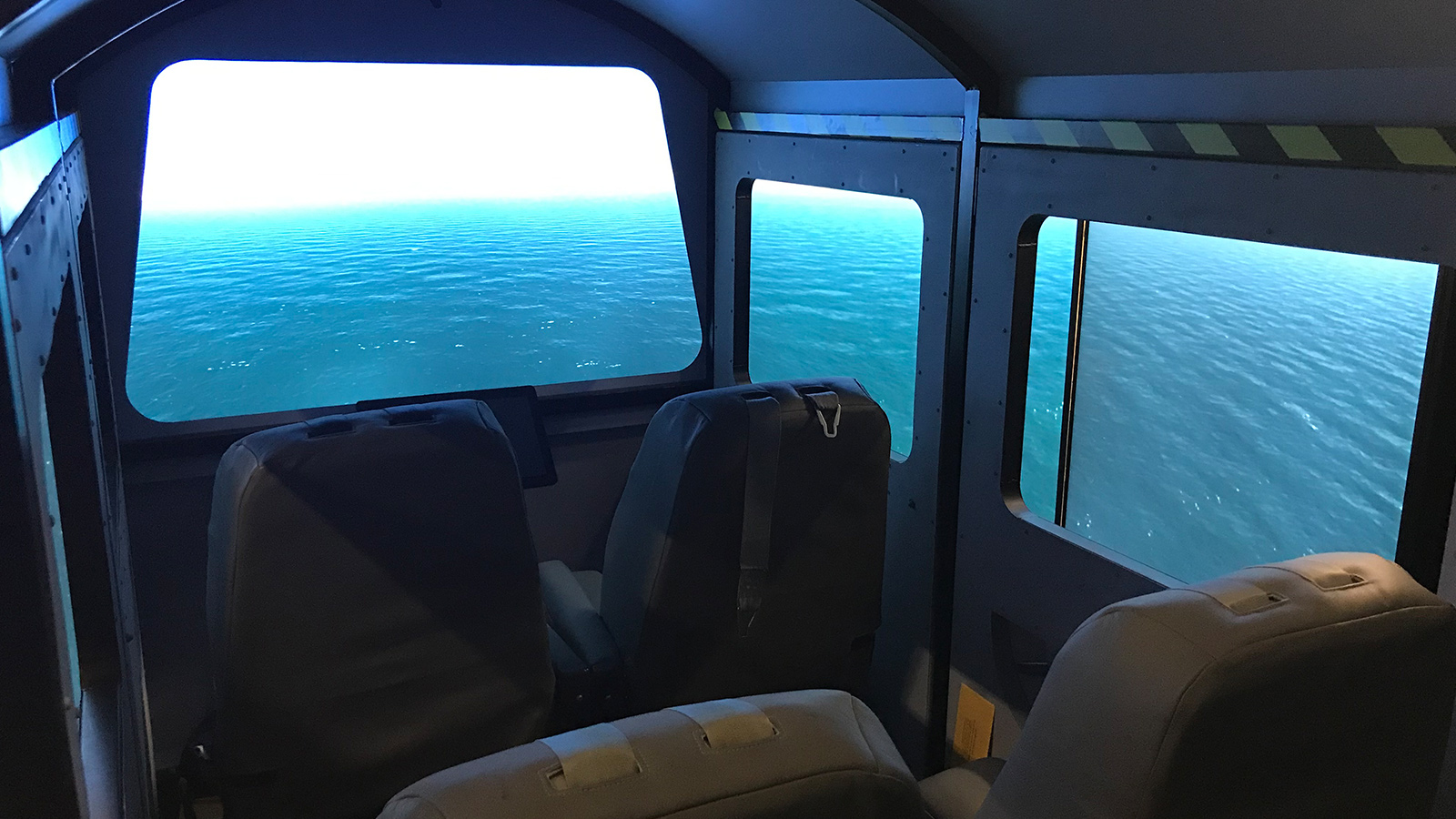Stay Up to Date
Submit your email address to receive the latest industry and Aerospace America news.
The Modeling and Simulation Technical Committee focuses on simulation of atmospheric and spaceflight conditions to train crews and support design and development of aerospace systems.
In March, all pilots from scheduled air carriers in the United States began using flight simulators to meet federally mandated upset prevention and recovery training requirements. The FAA ordered the simulator training before the two Boeing 737 MAX crashes that have been attributed to loss of control. Meeting these requirements should improve the airline safety record, as the rare occurrences of loss-of-control in flight still represent the leading cause of fatalities in the worldwide commercial jet fleet. From 2016 to 2019, the FAA approved 400 simulators for training after improvements in the machines’ aerodynamic modeling. To date, the overwhelming feedback from airline pilots who have taken the training has been positive.
Turning to urban air mobility, which NASA defines as a safe and efficient system for air passenger and cargo transportation within an urban area, passenger acceptance is one of the many challenges to it becoming a reality. To help address this challenge, NASA’s Ames Research Center in California this year prepared a new simulator cabin called Ride Qualities Cab to run with the center’s Vertical Motion Simulator, following an August design review. A four-passenger cockpit with a wrap-around visual system was mated to the center’s vertical motion simulator. The Vertical Motion Simulator’s large amplitude motion system enables researchers to explore ride quality in a safe and cost-effective manner.
Also, eye-tracking technologies are rapidly advancing and finding applications in flight simulation and training. Several companies are providing eye-tracking systems to measure pilots’ focus in response to various stimuli. A study was conducted in August with a level-D full flight simulator — the highest standard, which includes motion feedback — at a U.S.-based airline. Eye tracking was used to determine the effects of having the flight director (the roll and pitch attitude guidance on the primary flight display) on or off on pilots’ ability to monitor the flight path effectively. This study was part of a joint FAA/Ames project toward improving pilot training for flight path monitoring. Further research is required to identify the usefulness of eye tracking in training.
Virtual reality technologies from the gaming industry are beginning to make their way into various aspects of flight simulation, and training applications in particular. Airline applications include cabin crew training, maintenance training and special-purpose pilot training, such as head-up display familiarization where the optics are focused at infinity. At NASA, the use of VR for astronaut training will increase with new training requirements being introduced for long-duration space missions. In addition, the Air Force is looking to increase the use of VR to bridge the training-to-experience gap. An experiment was performed at Ames in September to investigate how performing a roll control task in VR compares to performing the task in a simulator with conventional visuals, and if pilots’ utilization of peripheral visual cues is different. Another experiment focused on determining the visual-motion thresholds for VR sickness, which is still the biggest factor preventing the technology from reaching its full potential for training.
Contributors: Steven Beard, Jeffery Schroeder and Peter Zaal
Related Posts
Stay Up to Date
Submit your email address to receive the latest industry and Aerospace America news.




